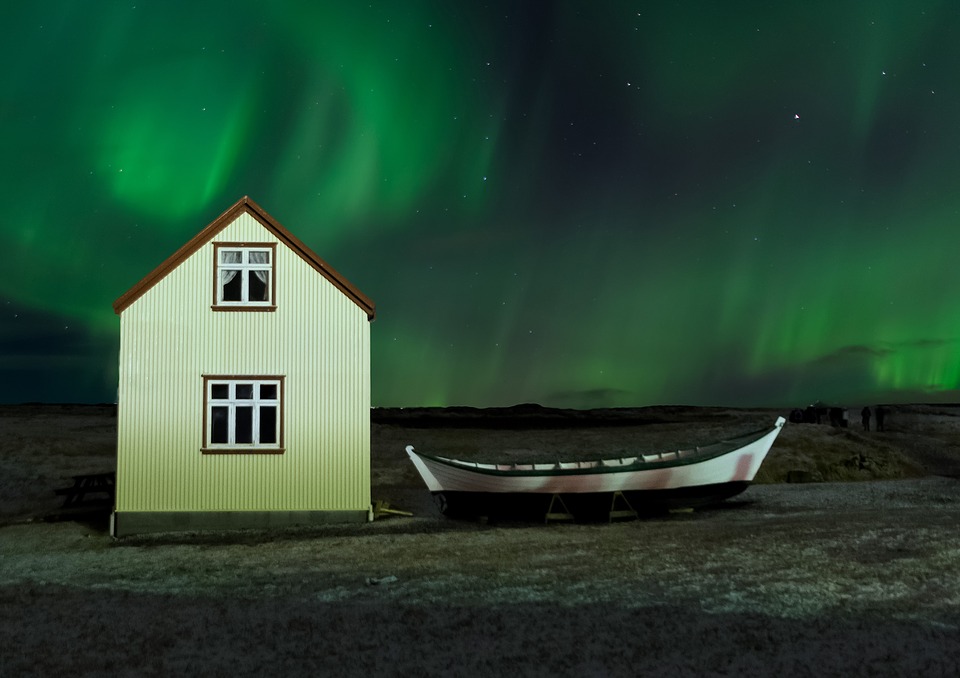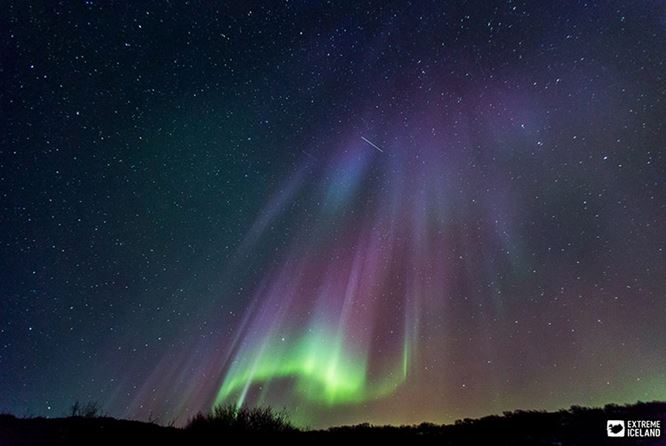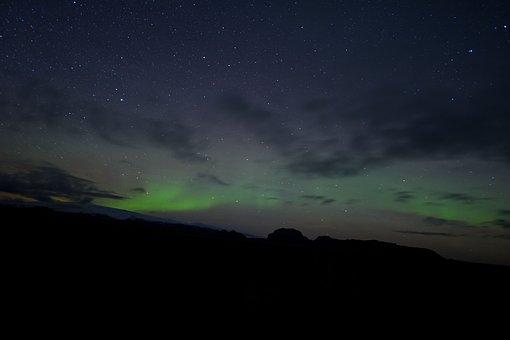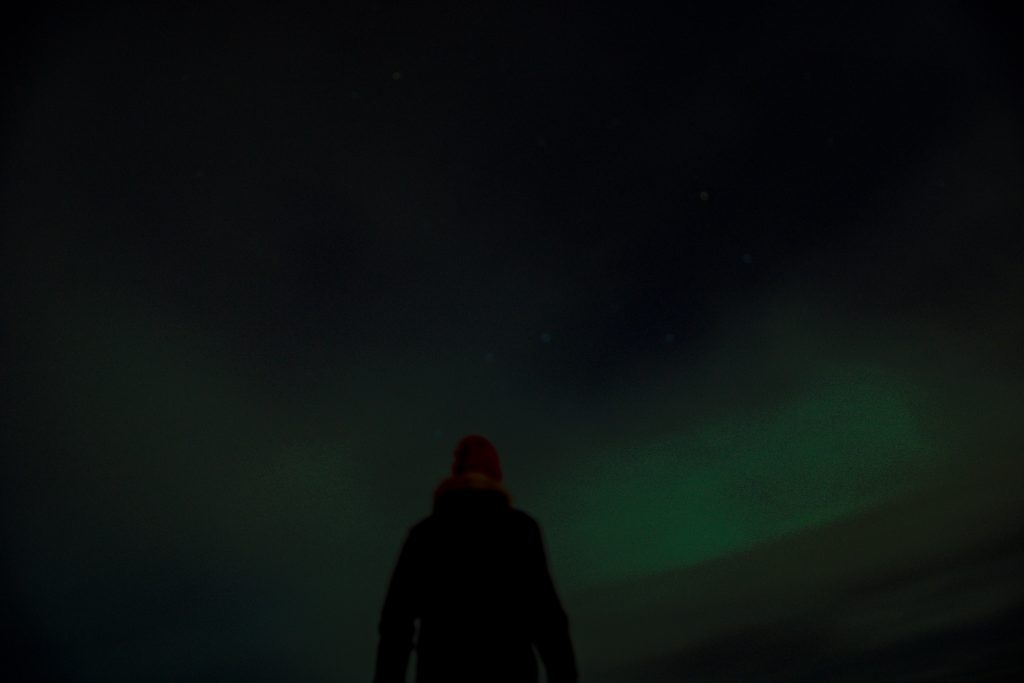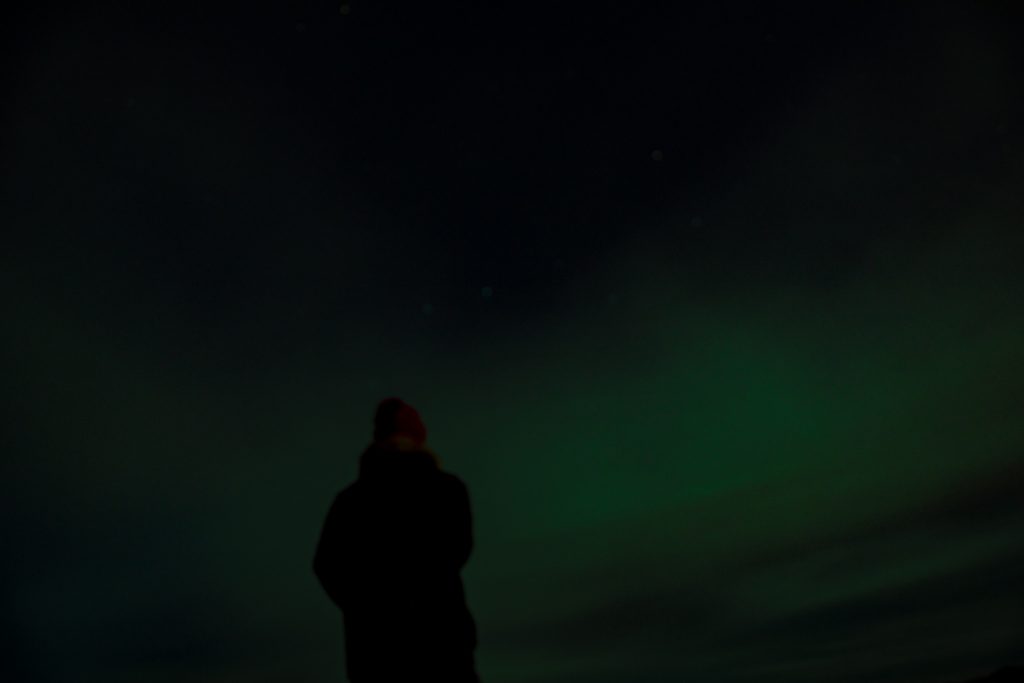Chasing Aurora Borealis or Northern lights, is something you definetely want to witness If you are planning a trip close to arctic cirlce! So if chasing the Aurora is in your plans, here are some tips to help you chase it to the full! Personally we believe that the experience of seeing it with your own eyes is uncomparable to any photos.
In addition to this, you need to leave your senses feel these extraordinary vibes! Yet we understand the fact that a photo of northern lights has a great emotional impact for you as well!
What is Aurora Borealis – meaning?
To begin with we have to know what is exactly the aurora. The phenomenon sometimes referred to as polar lights, northern lights (aurora borealis), or southern lights (aurora australis). It is a natural light display in the Earth’s sky, predominantly seen in the high-latitude regions (around the Arctic and Antarctic).
Furthermore, Auroras are the result of disturbances in the magnetosphere caused by solar wind. These disturbances are sometimes strong enough to alter the trajectories of charged particles in both solar wind and magnetospheric plasma. These particles, precipitate into the upper atmosphere. The resulting ionization and excitation of atmospheric constituents emit light of varying color and complexity.
How to find the Aurora Borealis forecast?
Producing Aurora Forecasts for Arctic circle’s countries is based on Space and Earth weather predictions, including Moonlight and Weather Warnings. Available in a variety of
Where is the Aurora Borealis observatory
As far as the observation is concerned the top countries to see the phenomenon is Norway, Finland, Iceland, Scotland, Sweden, Canada, Greenland, Alaska! There are many accommodation options to observe it in a dreamy way.
Check out this amazing lodge spots in Sweden.
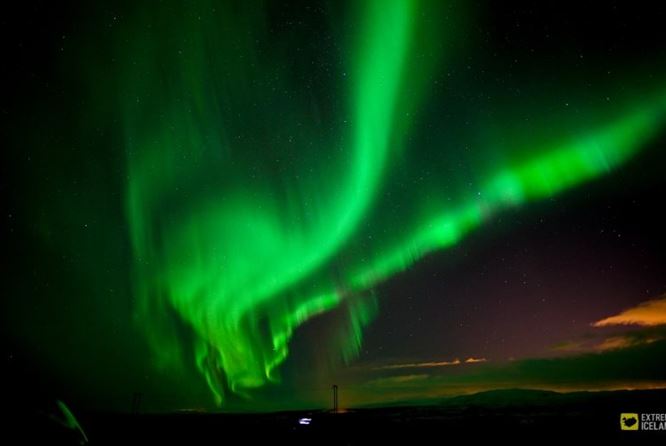
Tips on chasing the aurora with a DSLR camera
ISO, shutter speed, and aperture These are the three things you will need to get familiar with
More useful photo tips for chasing northern lights
In addition, here are some useful photo tips for you:
- The aperture is what is called “f” in your camera settings. The smaller the f/number, the larger the aperture.
- Changing the ISO is changing your camera’s sensitivity to light, the higher you go the more sensitive your sensor will be.
- ISO, aperture, and shutter speed are really the three pillars of photography.
Last but not least, remember that camera settings depending on the aurora activity, low, medium or high intensity!
Aurora Borealis in Iceland – Best spots for chasing the northern lights in Reykjavik
Last bit not least here are the top spots for chasing in Reykjavik:
You can chase aurora by yourself or with an organized tour.

